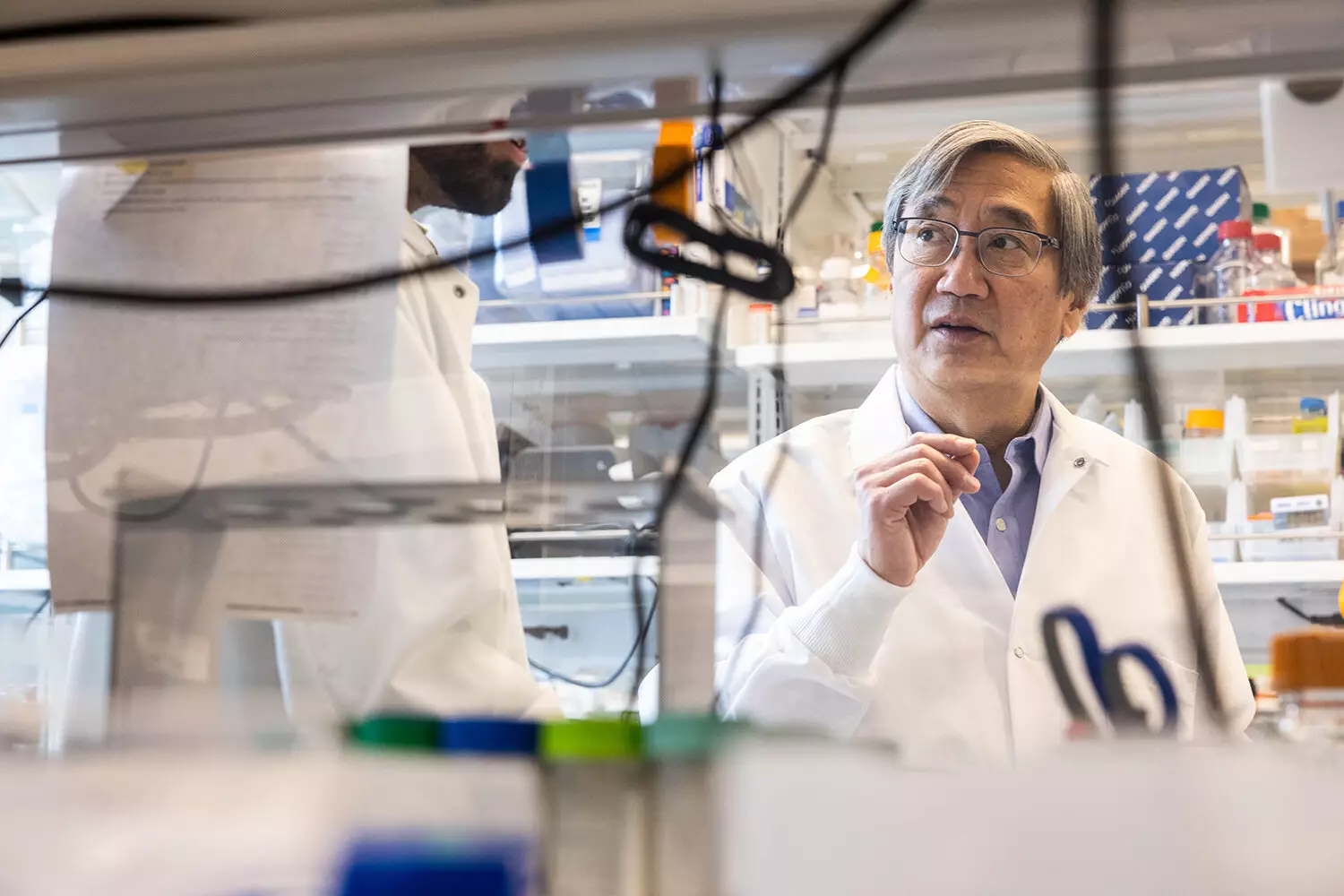Proteins are multifunctional molecules that play critical roles in various biological processes, from muscle contraction to immune response. Traditionally, scientists have relied on iterative mutation of amino acids to enhance protein function, such as improving antibodies for better immune responses. However, the vast number of possible amino acid sequences presents a significant challenge in identifying the best protein variants, leading to costly and time-consuming experiments.
Stanford scientists have recently developed a groundbreaking machine learning-based method to expedite the prediction of molecular changes that can enhance antibody drugs. By combining the 3D structure of protein backbones with large language models based on amino acid sequences, researchers can now rapidly identify rare and desirable mutations with unprecedented accuracy. This innovative approach, published in Science, marks a significant advancement in protein engineering and drug development.
Led by Peter S. Kim and Brian Hie, the team successfully demonstrated the effectiveness of their method by enhancing a previously discontinued SARS-CoV-2 antibody. Through structural-guided predictions, they achieved a remarkable 25-fold improvement in the antibody’s efficacy against the virus. This transformative result highlights the potential of machine learning in revolutionizing the development of antibody therapies and other protein-based drugs.
Traditional methods of protein optimization rely on trial-and-error approaches, often involving millions of experiments to identify optimal amino acid sequences. By leveraging machine learning algorithms trained on vast protein sequence databases, scientists can now predict desirable mutations with greater precision and efficiency. However, many existing models overlook the crucial role of protein structure in determining function, leading to suboptimal outcomes in drug development.
Recognizing the importance of protein structure, the Stanford team integrated structural constraints into their prediction algorithm, ensuring that the identified mutations preserved the 3D shape of the protein. This novel approach proved to be highly effective in enhancing the SARS-CoV-2 antibody, outperforming purely sequence-based optimization methods. By emphasizing the structural integrity of proteins, researchers can significantly improve the accuracy of drug design and development.
The team’s model has shown promising results in optimizing a wide range of proteins beyond antibodies, including enzymes that catalyze biochemical reactions in the body. By democratizing the protein engineering process with deep learning, researchers can quickly respond to emerging diseases and develop more effective medicines with lower doses. This innovative technology has the potential to transform the field of drug development and improve patient outcomes across various medical conditions.
The integration of machine learning and protein structure analysis represents a major breakthrough in protein engineering and drug development. By harnessing the power of artificial intelligence, researchers can accelerate the design of novel proteins with enhanced functionalities, paving the way for more effective therapies and treatments. The Stanford team’s pioneering work demonstrates the immense potential of combining cutting-edge technology with biological research to address global health challenges and advance medical science.


Leave a Reply